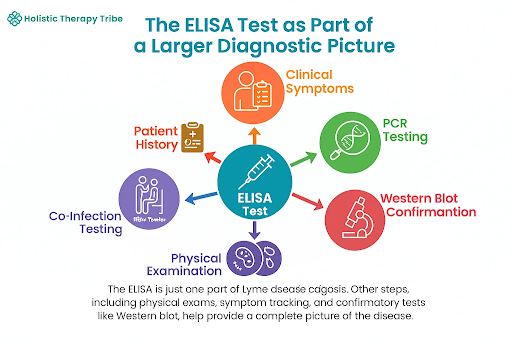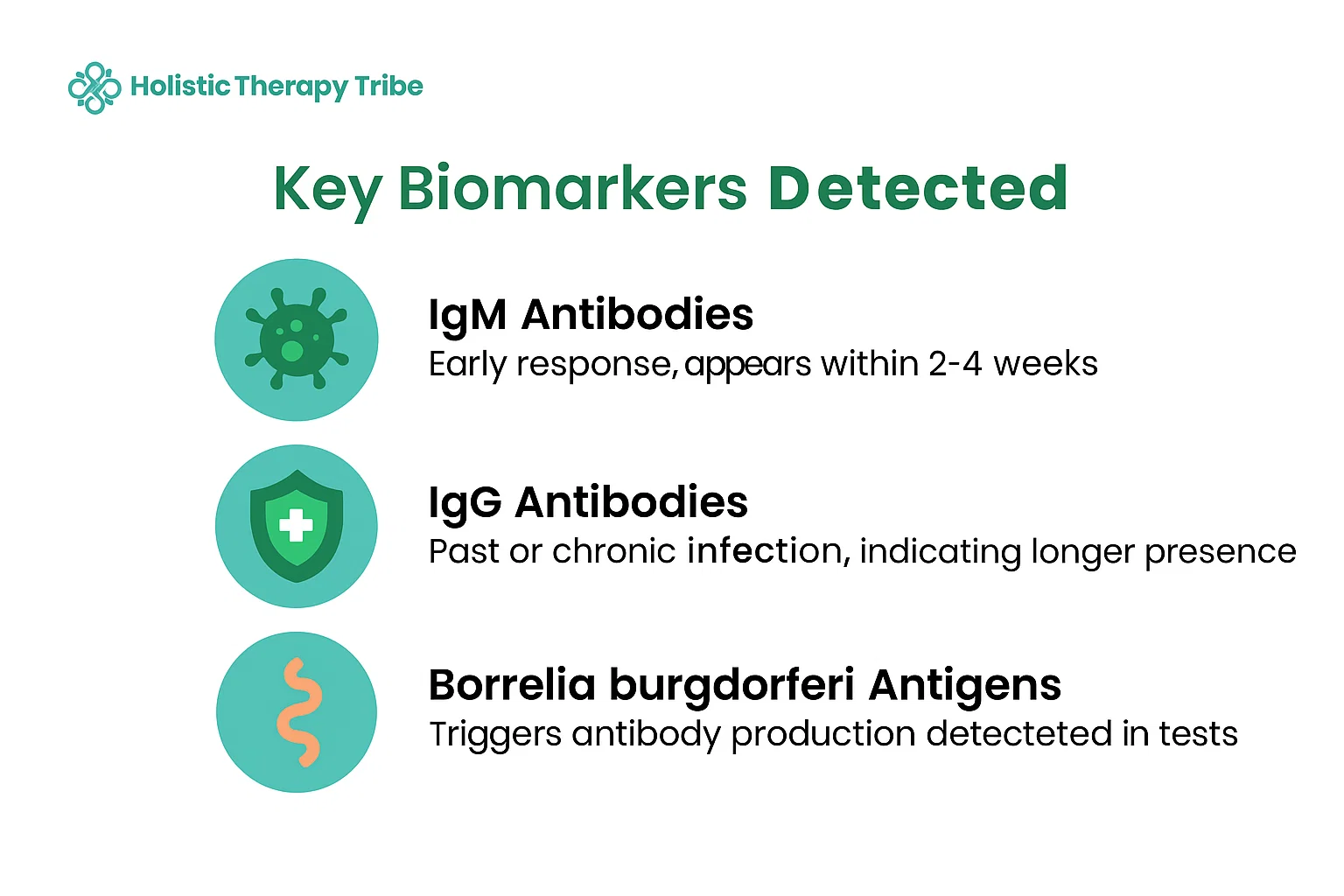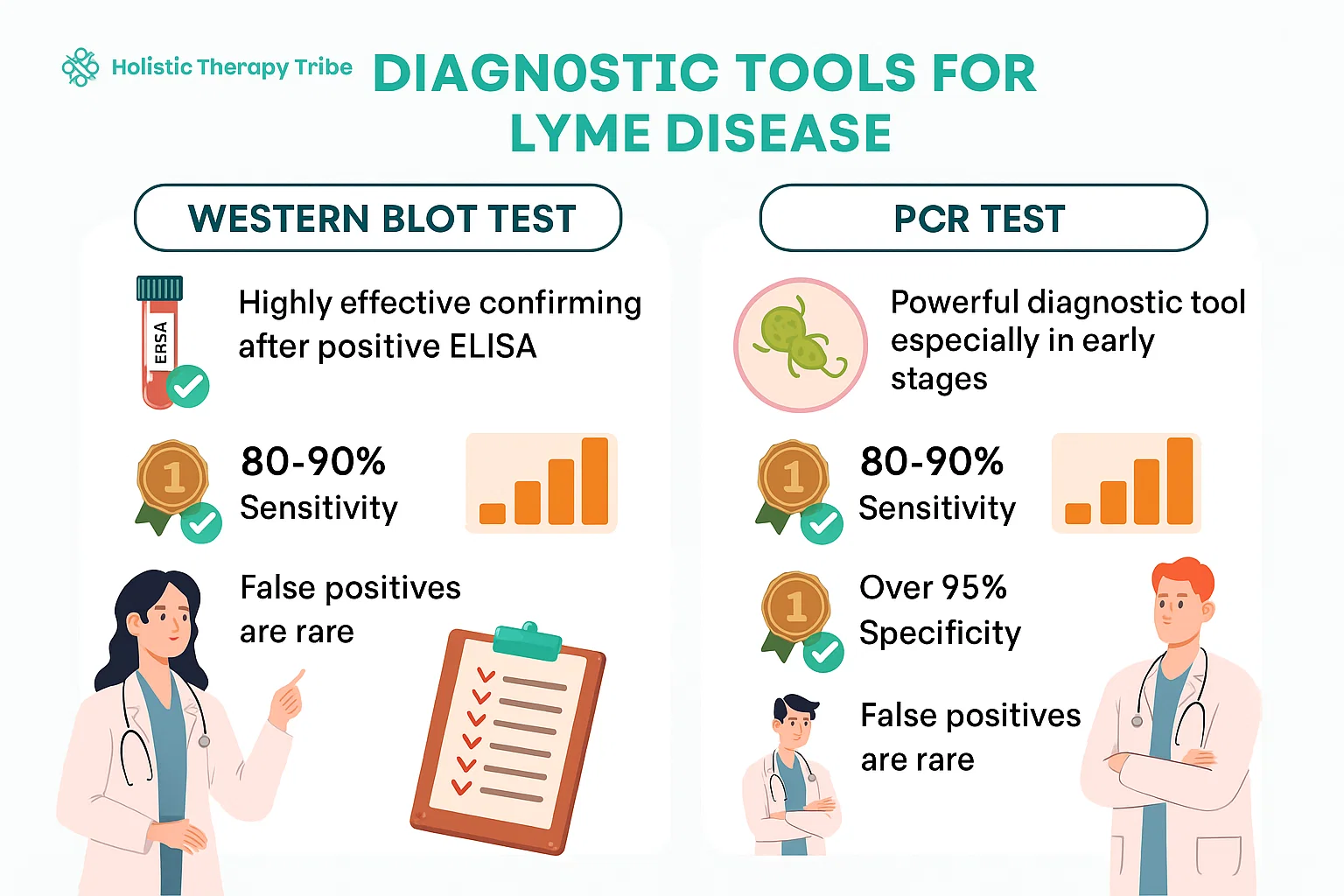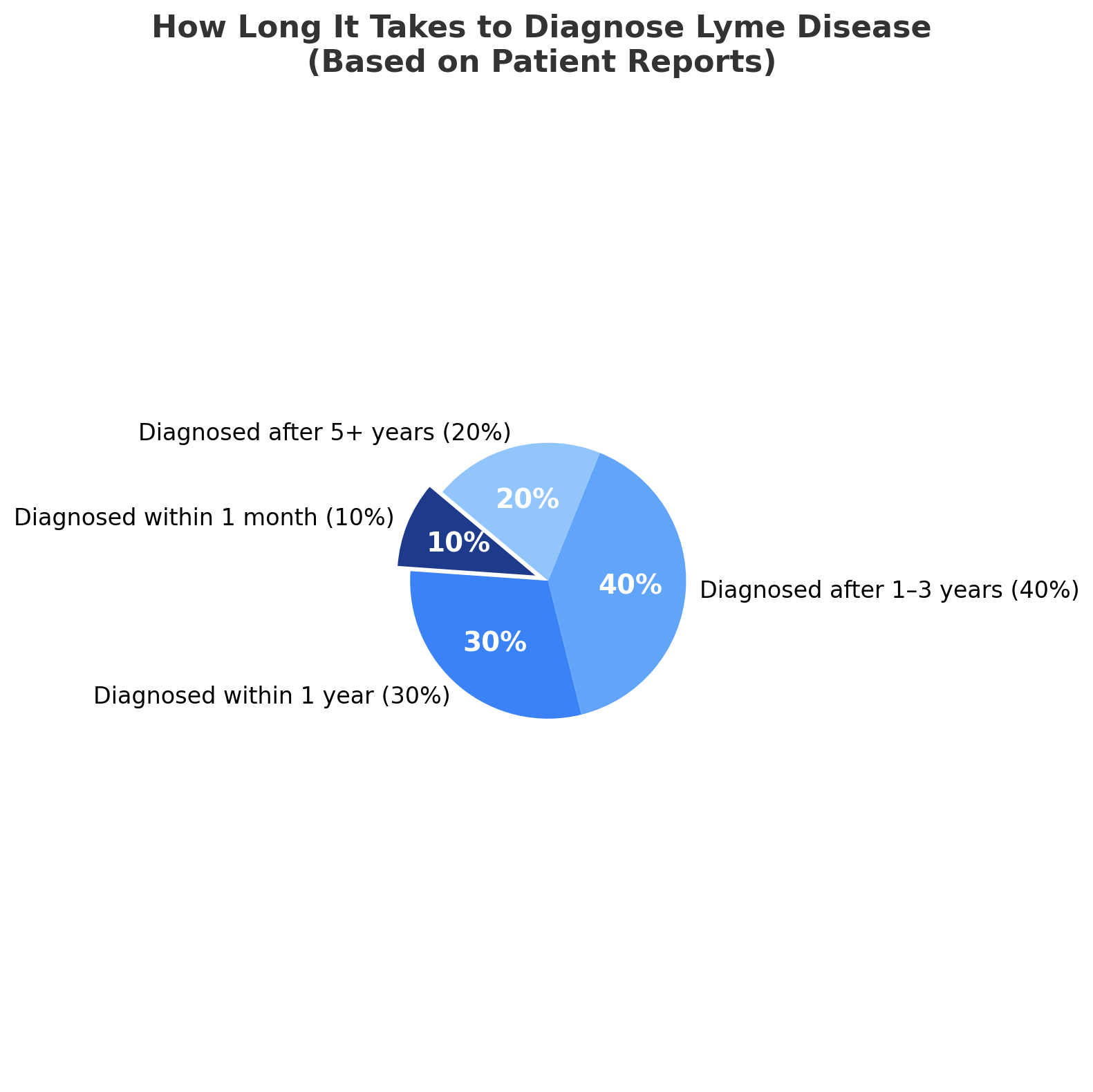 The
The 


What’s Next for You?
Ready to explore a more complete path to recovery? Join the Lyme Support Network Community.
 The
The 


Ready to explore a more complete path to recovery? Join the Lyme Support Network Community.

Health & Wellness Content Strategist
Sophia Williams is a passionate content writer specializing in health and wellness and is deeply interested in chronic conditions like Lyme disease. With years of experience in creating educational and empathetic content, I aim to raise awareness and provide valuable insights that empower readers to take charge of their health.



